I couldn't figure out a quick, concise way to explain what I'm trying to accomplish (which has made it difficult to find an answer searching Google), so I'll just try to elaborate more here. What I am trying to accomplish is moving a UIImageView to the top edge of the iPhone's screen and then keep moving it up, but once the image passes the top edge, have it appear at the bottom of the screen, as it continues moving through.



I've been using the basic [UIView commitAnimations] commands for the basic moving of objects in my application, so it'd be nice if this could be accomplished using using that (though it doesn't have to).